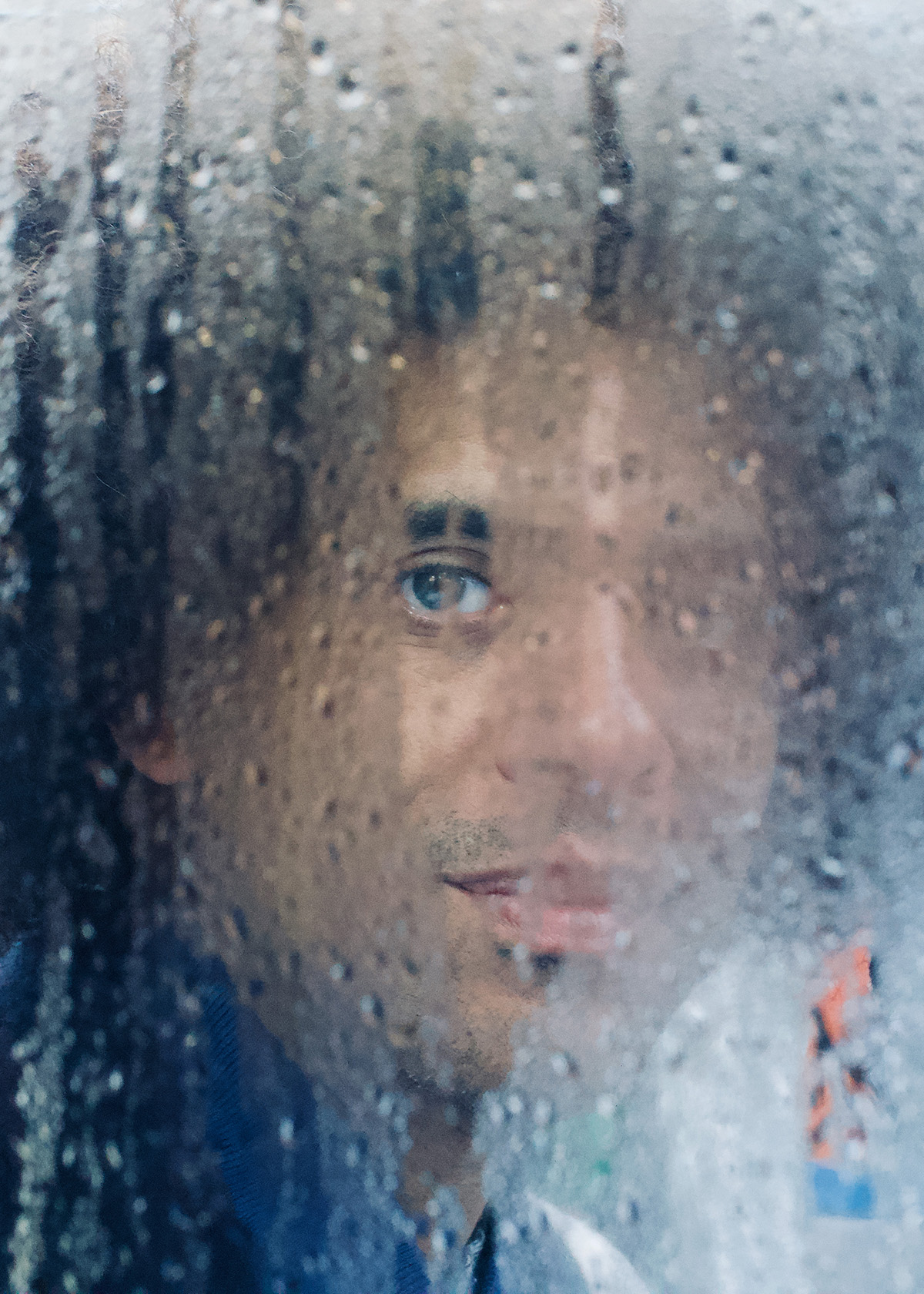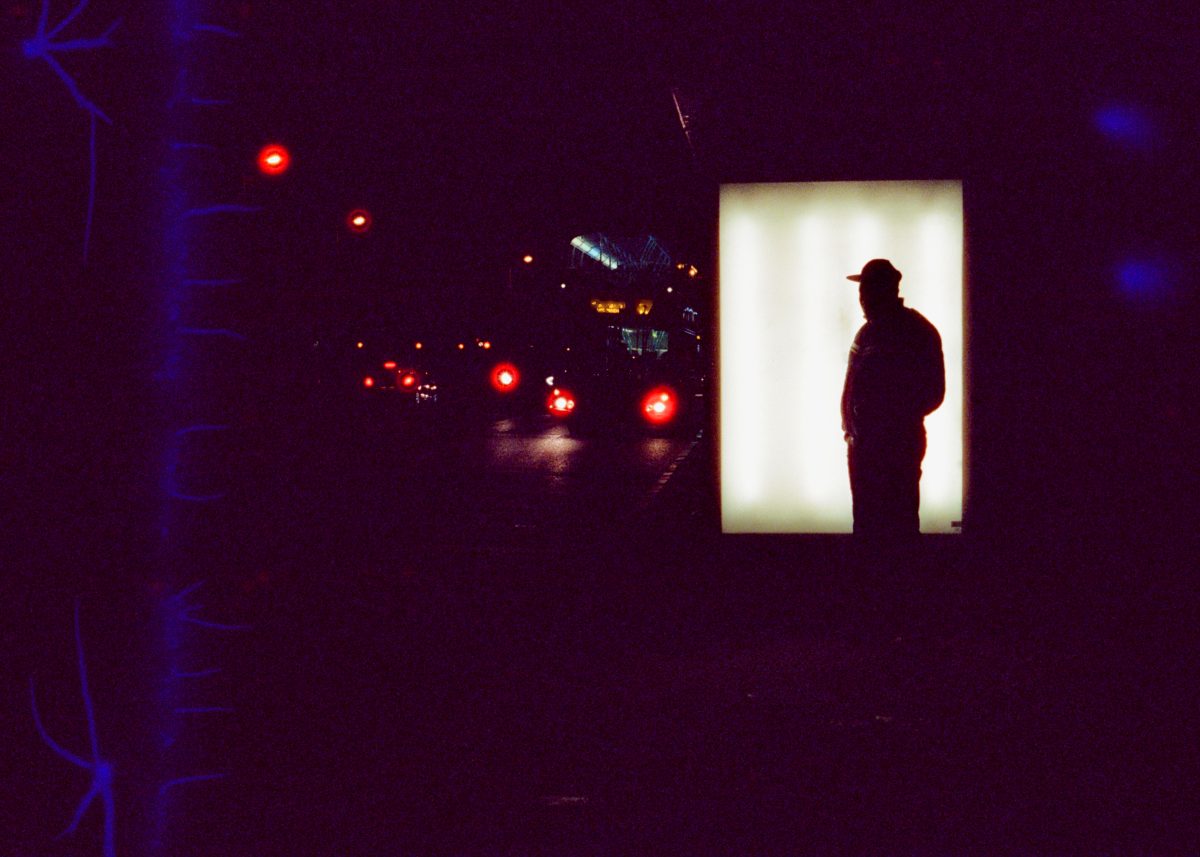A resource exploring connections between place, home and representation inspired by the work of Johny Pitts.
Part of the Ampersand/Photoworks Fellowship.
Introduction
Artist Johny Pitts is the inaugural recipient of the Ampersand/Photoworks Fellowship. Home is Not a Place created during Pitts’ fellowship explores the Black experience specific to the UK and the concept of ‘feeling at home’. Not home as a physical place, but as a space where we feel safe, comfortable and connected to people that are a part of our communities.
Themes
In 2021, Pitts and poet Roger Robinson rented a red Mini Cooper and circumnavigated the British coast clockwise in search of Black history and communities. They began in London and followed the river Thames east towards Tilbury, where the Empire Windrush docked in 1948. Then they continued through Margate, Dover, Brighton, Southampton, Plymouth, Land’s End, Bristol, Cardiff, Liverpool, Blackpool, Belfast, Glasgow, John O’Groats, Edinburgh, Newcastle, Scarborough, Hull, Skegness, Orford Ness and Southend-on-Sea.
They encountered Black British culture overlooked in official narratives, alongside the history of Empire and transatlantic slavery that continues to tether every single Briton.
The exhibition Home is Not a Place presents images of everyday Black life framed within the installation of a ‘dream home’ separated into two rooms. The first evokes the feeling of an open plan communal area, bright and convivial, offering a space to chat and share ideas. The second room suggests a more private space, quiet and contemplative. In both rooms, the audience is invited to spend time, sit down, relax, create, and contemplate the many facets of what constitutes a home.
For Pitts there is strong emphasis on the Black experience being an important part of the European experience. He suggests that you cannot have a European experience without the Black experience. Pitts uses the term Afropean to describe this, which is also the name of his first project.
“I’d constantly found myself on the periphery of these identities, I could never find a home in any specific place.” – Johny Pitts
You might be interested in
Home ‘
I. Investigating Images
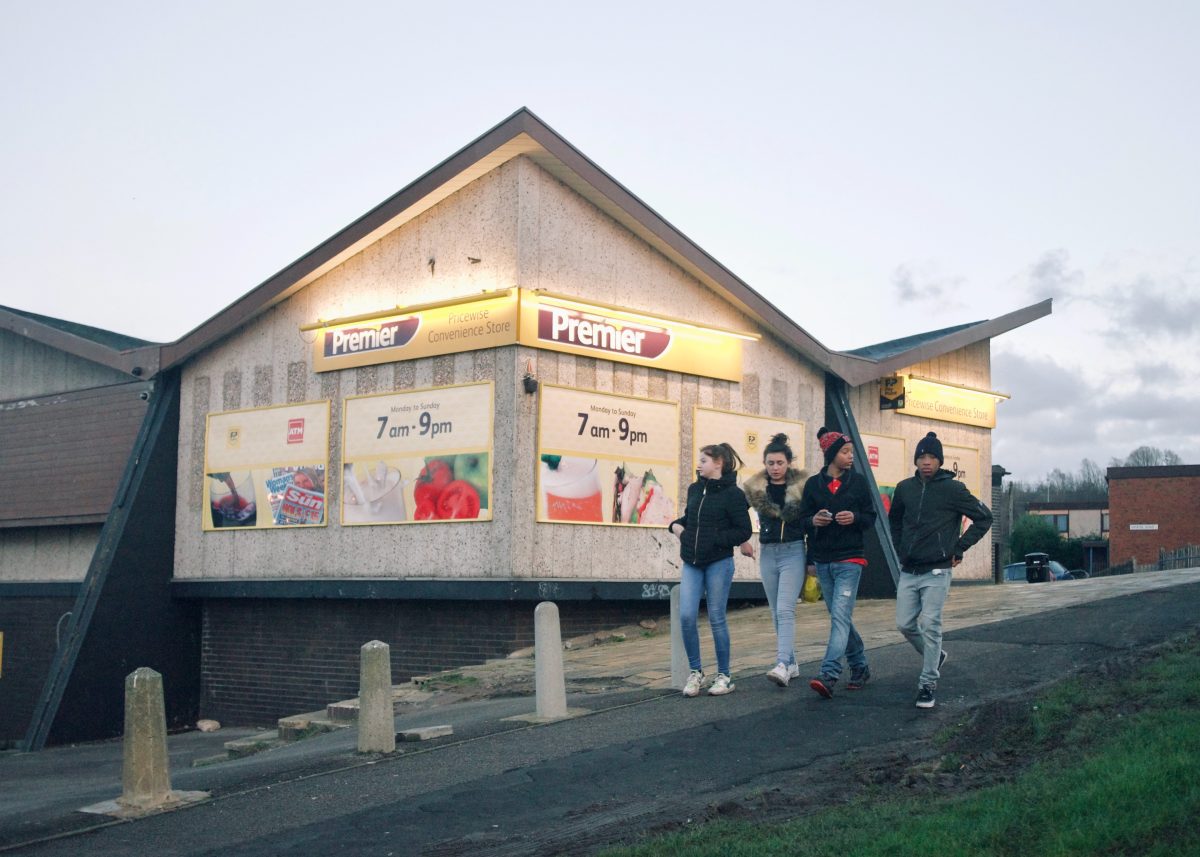
Discuss
Take some time to look at Johny Pitts’ work. Ask students to write down a few words that come to mind. Are students able to recognise some of the themes Johny is exploring in his work?
Ask students about their choice of words. What did they have in mind?
Introduce and discuss Johny’s project title Home is Not a Place. With this added information, what else might the work tell us about Johny’s perspective on this idea? And what do students think? Is home a physical place? Or can it be something different, a person perhaps? Or can it be a feeling, a smell, or a sound?
Dig Deeper
Ask students to choose an image that interests them and investigate it further (students might work in pairs). Ask students to:
- Think about the location of the image. Is it significant? Can they tell where it may be? For example, is it London, the UK or somewhere else in Europe or beyond? What does Pitts’ choice of location tell you?
- Consider the type of people seen in the image, and what that might tell you.
- Ask questions about the characters in the image. What are they doing? Do you think they live in this place or are visiting?
- Consider how the image might change if you replaced the people in it with different types of people.
- Think about why Pitts took this image in this specific place. What might the significance of this be?
The characters in Pitts’ images are going about their lives, but even everyday life can be remarkable or fascinating. There is a long history of photographers who capture the everyday and elevate it to something special through their work. Ask students to explore this.
- Why has Johny chosen to use black & white in some images and colour in others, how does this affect how we view the image?
- Some of the images are ‘close up’ portraits. Some have a single person in the frame, and some have groups. How does this change the feeling of the photographs? Especially as the themes of the work are about home as a place and community.
- In some of the works we see groups of young black people, smiling and looking happy. Think about the importance of capturing different emotions in images and how people are portrayed.
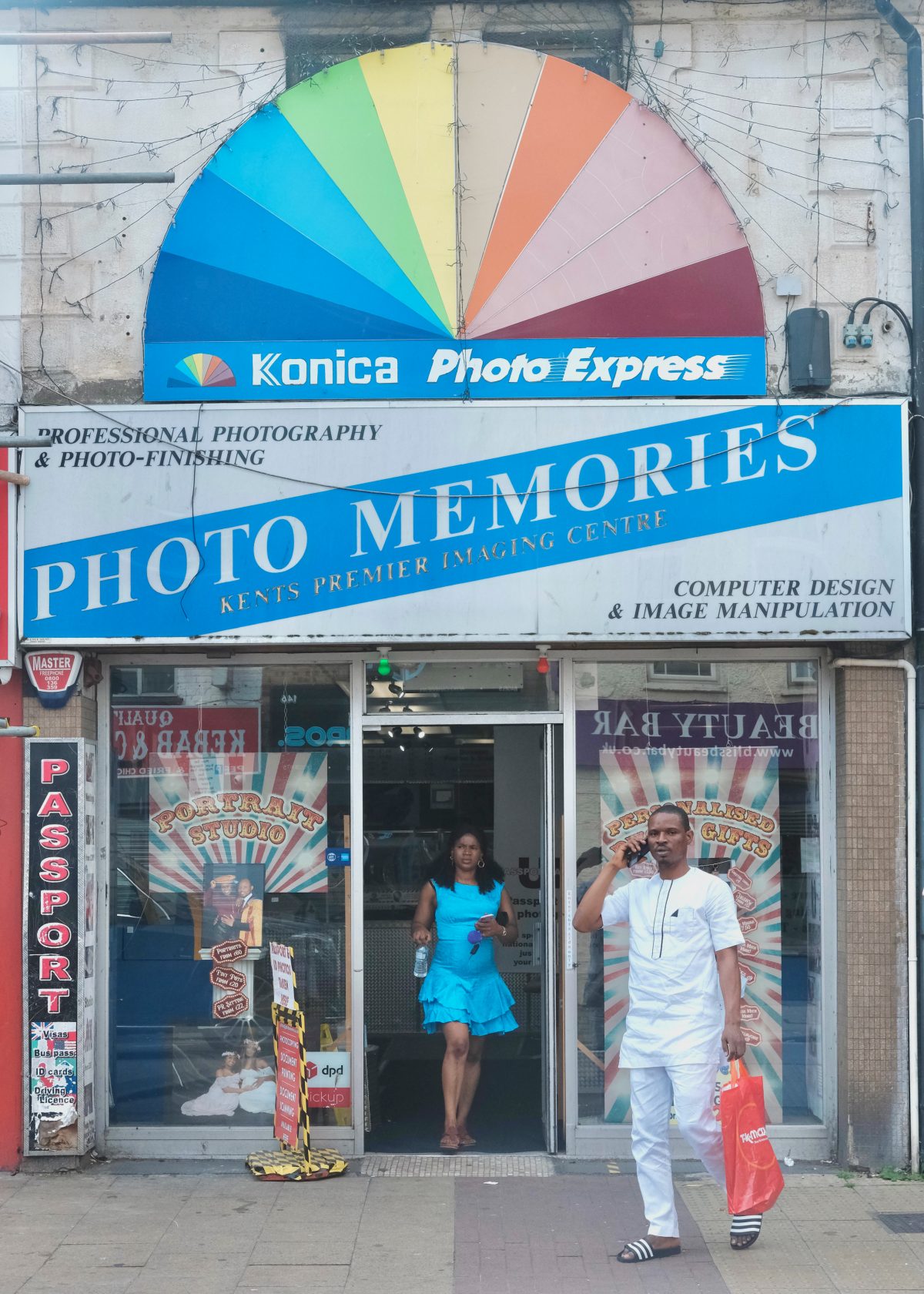
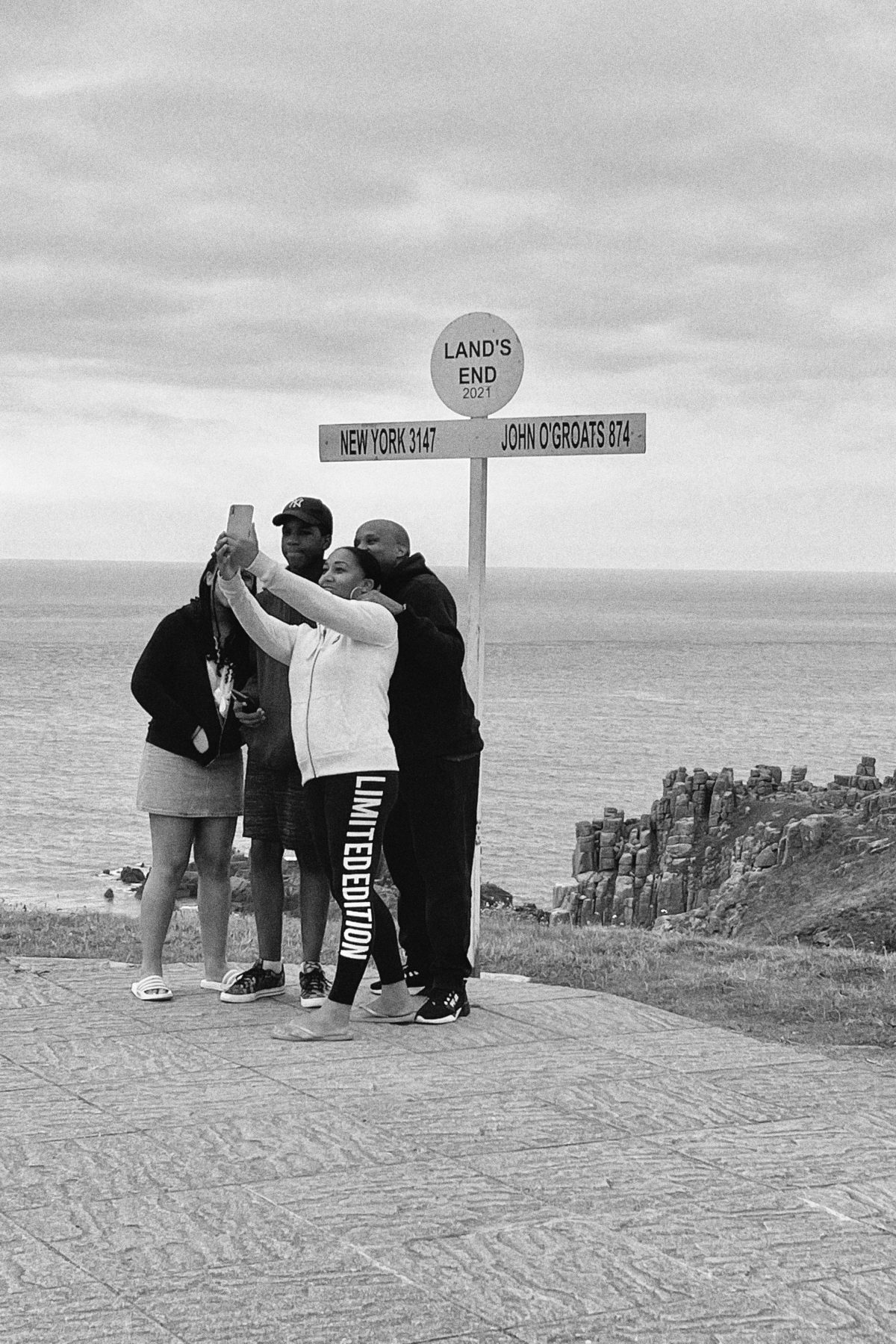
“Shots like this (family group selfie), where you have a Black family doing something really banal – you don’t see that usually. Images of Blackness – they’re either super stylised and high fashion on the one hand, or they’re really ghettoised on the other. And so that’s what I found in these places. I just found this sort of everydayness.”Johny Pitts (Huck magazine interview, August 22)
II. Photographing Home - Your Own Location
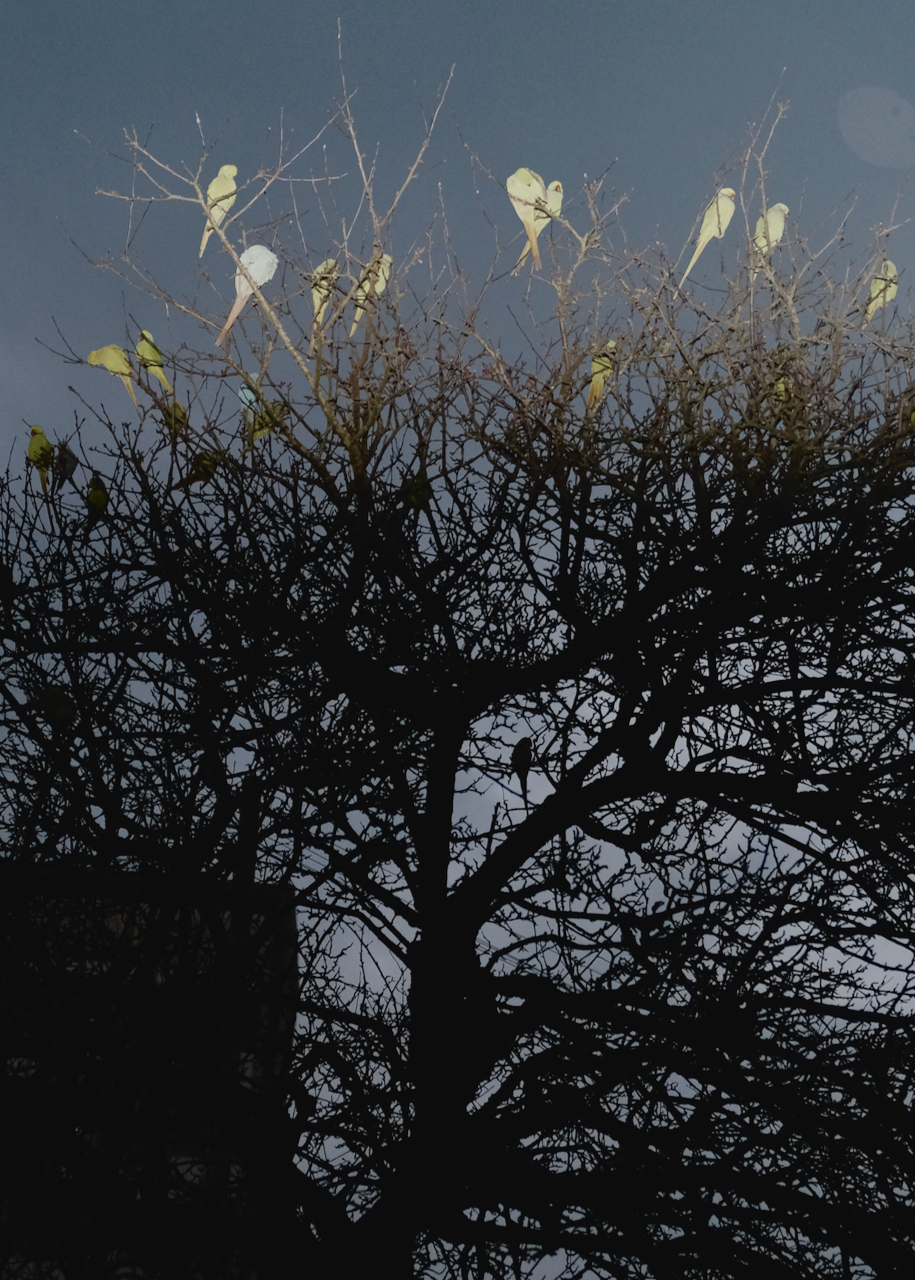
Activity
This activity builds on discussion and assumes students understand Johny Pitts’ interest in documenting the everyday, as well as the idea that home can be anywhere you feel safe and connected to.
Ask students to think about somewhere that is a home away from home for them. Choose a location. It might be somewhere such as a family member’s home, or just somewhere they visit – the cinema, or local football ground.
Ask students to draw the location and write notes on the following:
Why have you chosen this location?
Why is it significant?
How do you feel connected to this place?
Why do you go here and what do you do?
What type of people frequent this location, and what does that tell you about the place?
Now that students have thought about a location that they feel connected to, the next step is to photograph it (if their choice isn’t accessible, ask them to choose somewhere different).
Stand in one spot and take a photograph from the same viewpoint every so often – you could set a rule here and ask students to take a photograph every 3 minutes.
Working in this way encourages students not to over think the act of photographing or worrying whether they are taking “good” photos or not. The aim is to get the students to focus on simply capturing what they see. Staying in one spot and setting a time rule takes away pressure, allowing students to focus on process.
Print and review the work together. Do students think their initial thoughts about their location have changed after documenting it? If so, how?
Has documenting a special place changed your connection to it, or made you see things differently?
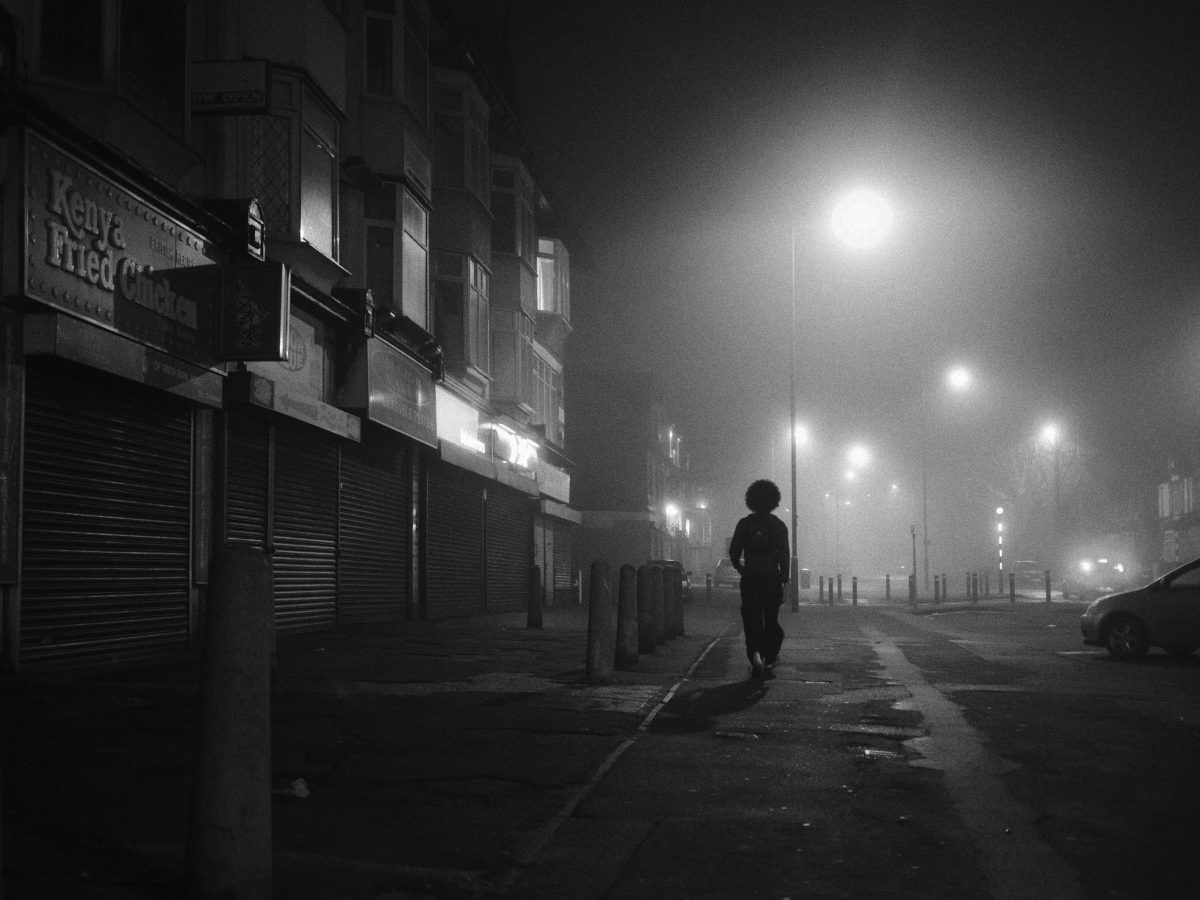
III. Photographing Home – Your Community
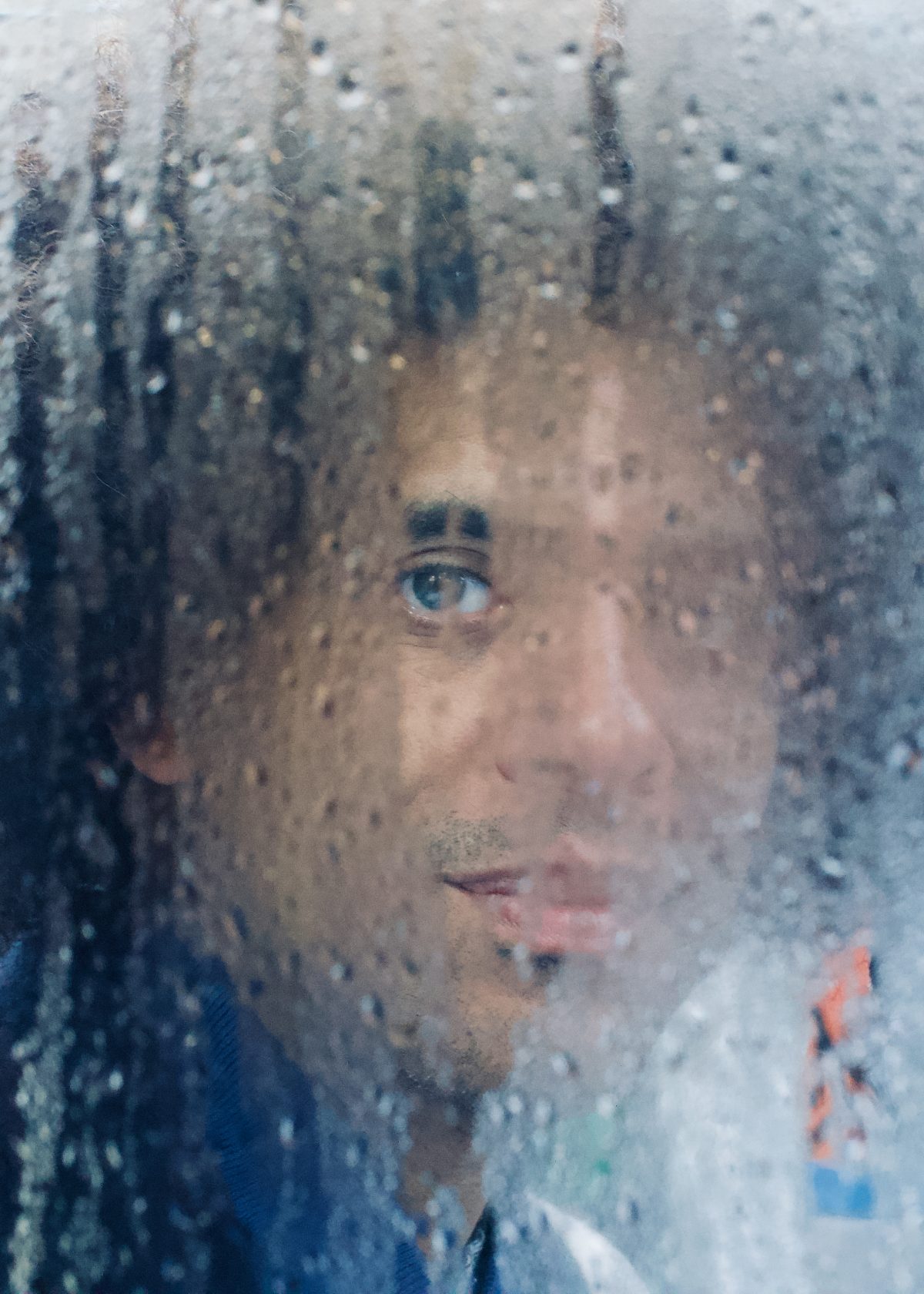
Activity
Building on the idea of home as a place where you feel comfortable or accepted, students are invited to think about the people and communities that they feel accepted by.
Ask students to create portraits of people that they feel comfortable with. It might be classmates, friends, or teammates. Family members are fine, but encourage students to think beyond family, to community.
Again, ask students to choose a location, it might be the same location as before, but this time location will not be the focus of the images, more of a backdrop.
Students photograph their subject, or subjects in that location, staying in the same spot throughout. The aim is to create a ‘catalogue’ of the people you feel connected to.
Ask students to consider:
How are you connected to this person? Is it possible to show connections through photography?
How do you view the person you are photographing? Are they happy, serious, or silly? How can you communicate this through the images?
Think about your viewpoint. Are you shooting from eye level, or looking up or down at your subject?
Will images be full body, or close-up headshots?
Other Artists
Campbell Addy (Feeling Seen)
James Barner
Vanley Burke
Paul Graham (A1 The Great North Road project)
Adama Jalloh (Love Story Project)
Latoya Ruby-Frazier (The Notion of Family)
Lola and Pani (studio portraits)
Books
Safe: On Black British Men Reclaiming Space, 2019 edited by Derek Owusu
About the Contributor
Ryan Prince is a documentary and portrait photographer based in London. Ryan’s work involves using photography to explore themes around his identity as a Black British male from a Jamaican background.
He was the 2020 Martin Parr Foundation bursary winner with his project “Can you Sit for Me?” where two of his images are now a permanent part of Martin Parr’s collection. He has given several talks about his photographic practice and how his work fits within contemporary photographic trends at institutions such The Royal Photographic Society and The National Portrait Gallery and has exhibited work internationally in countries like Germany and Poland.
